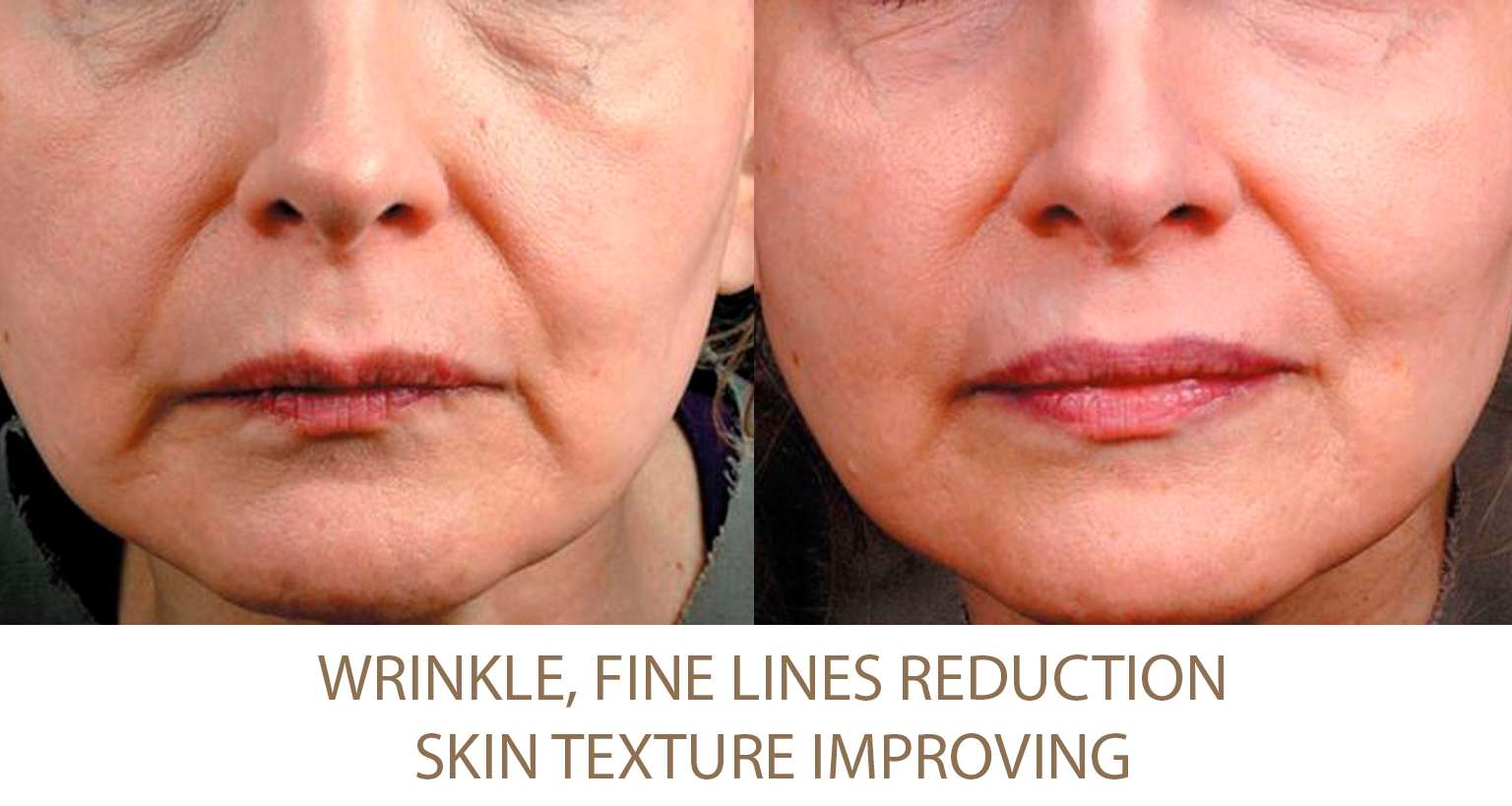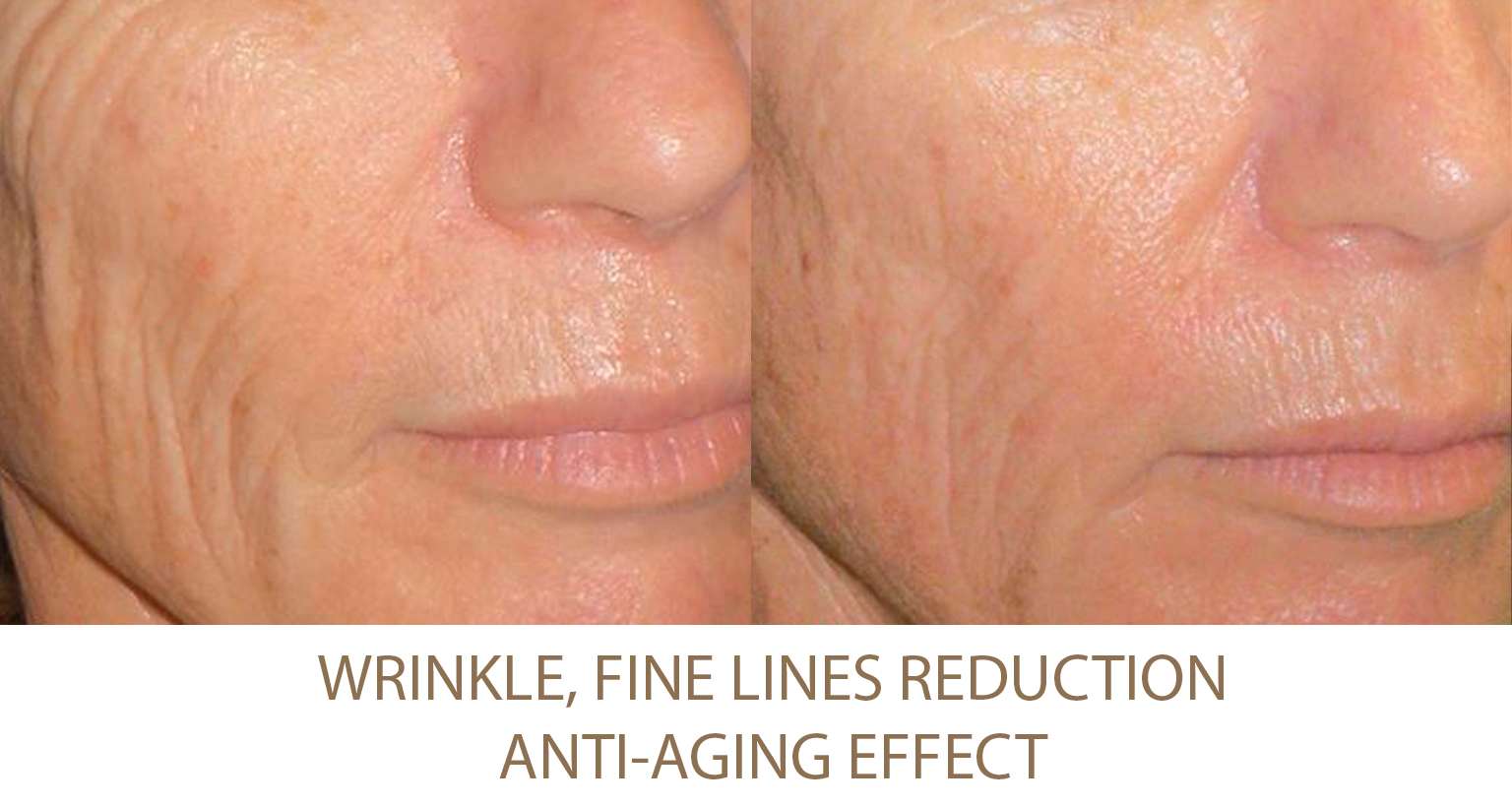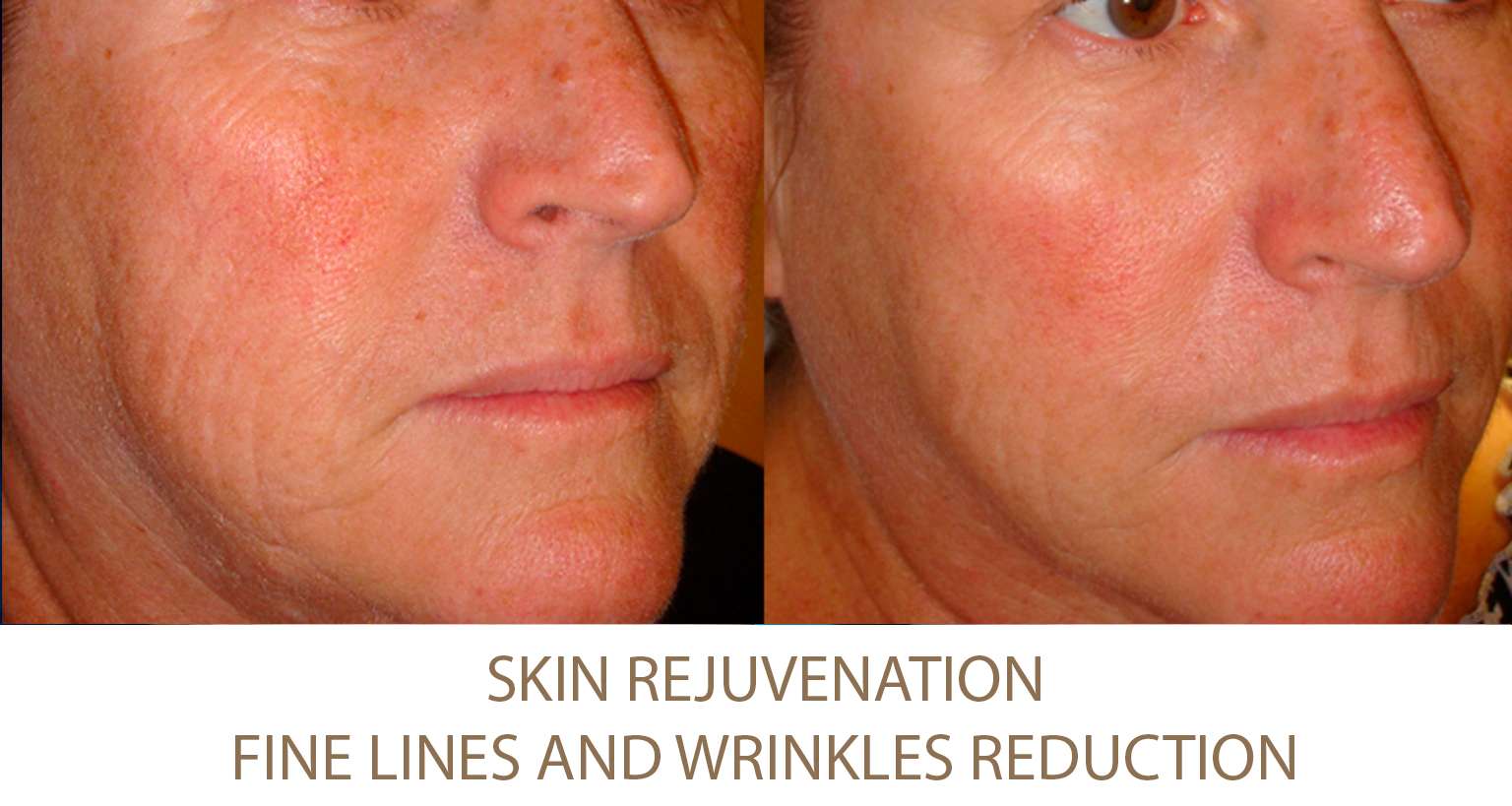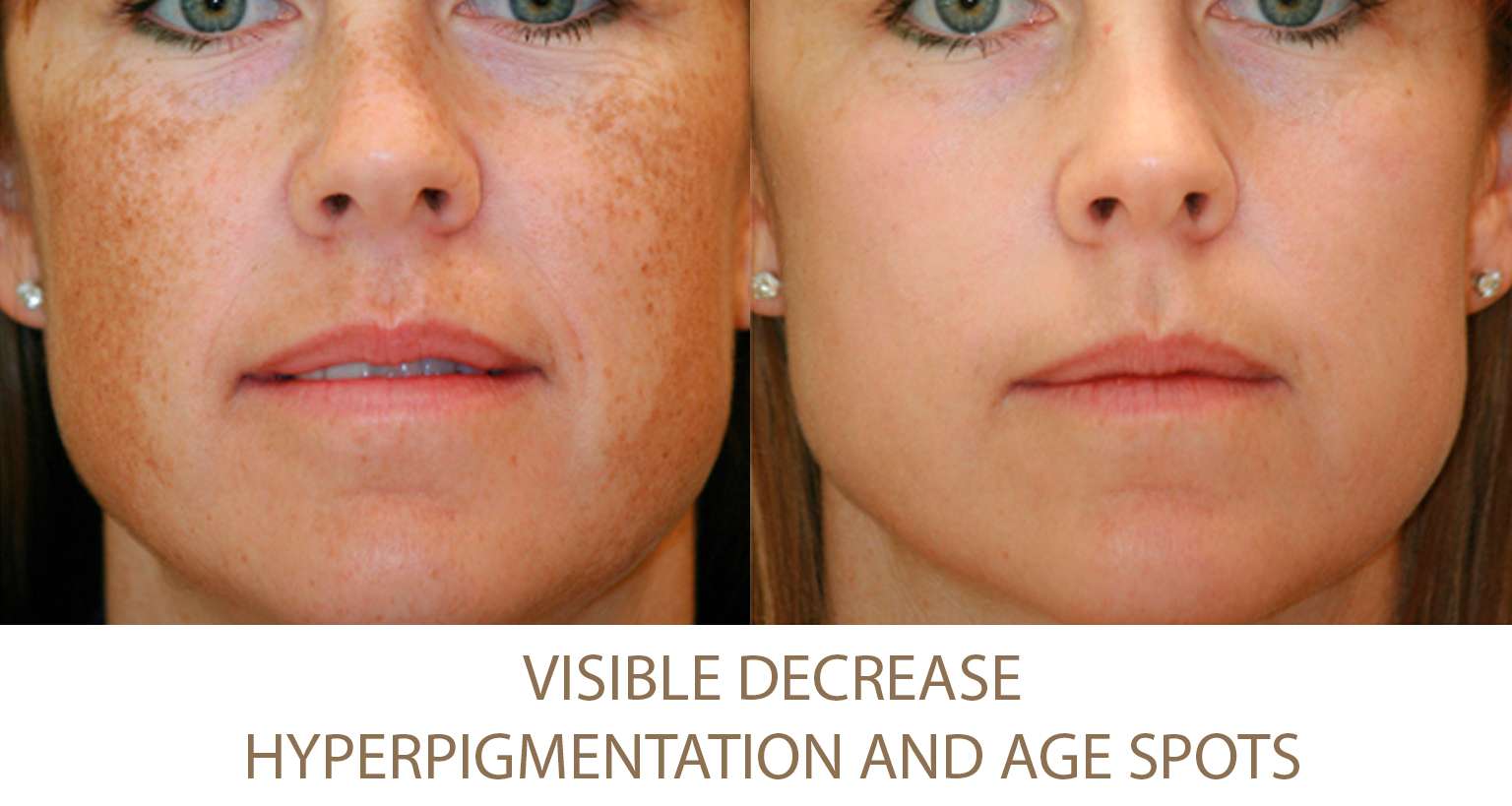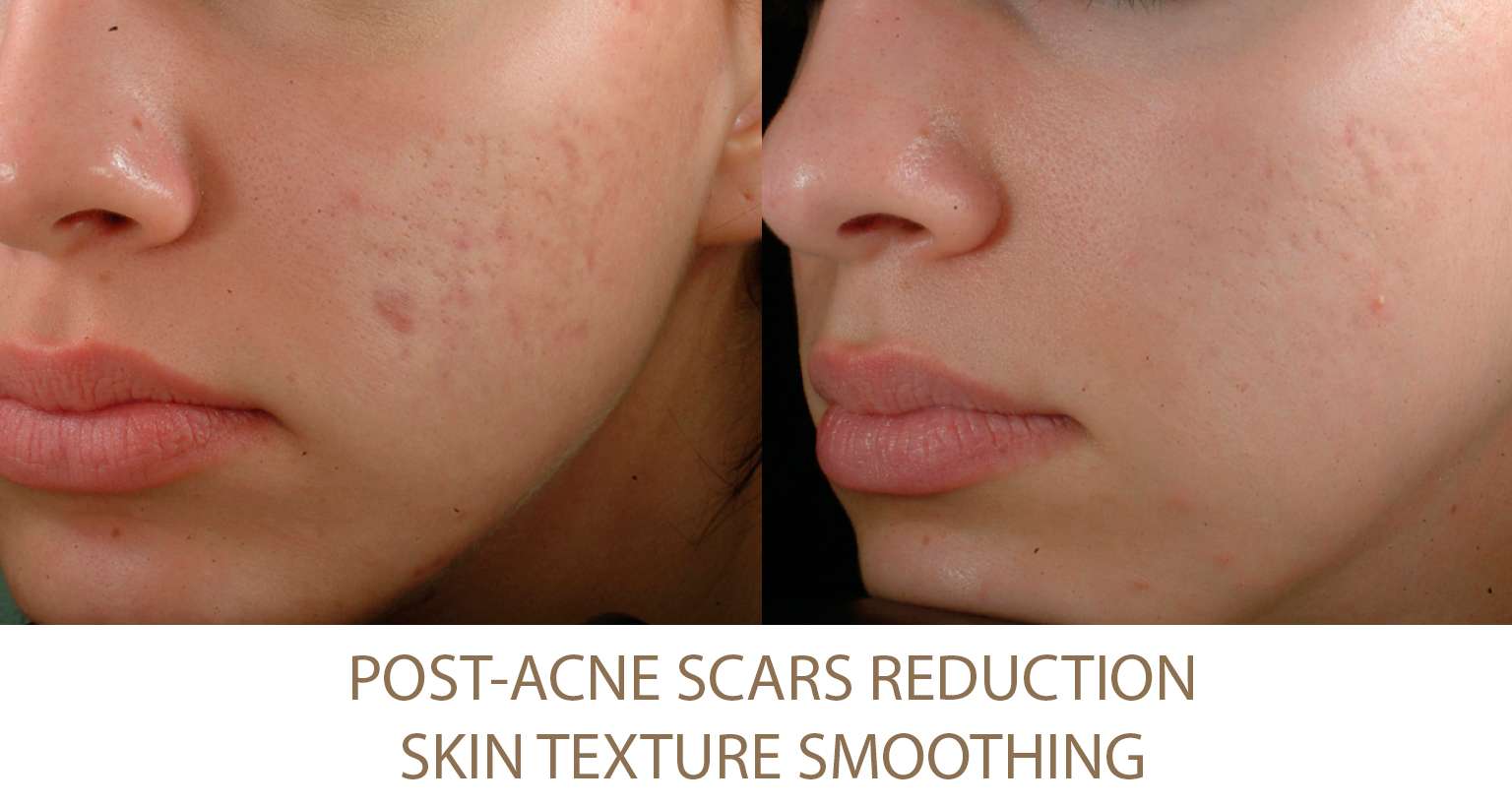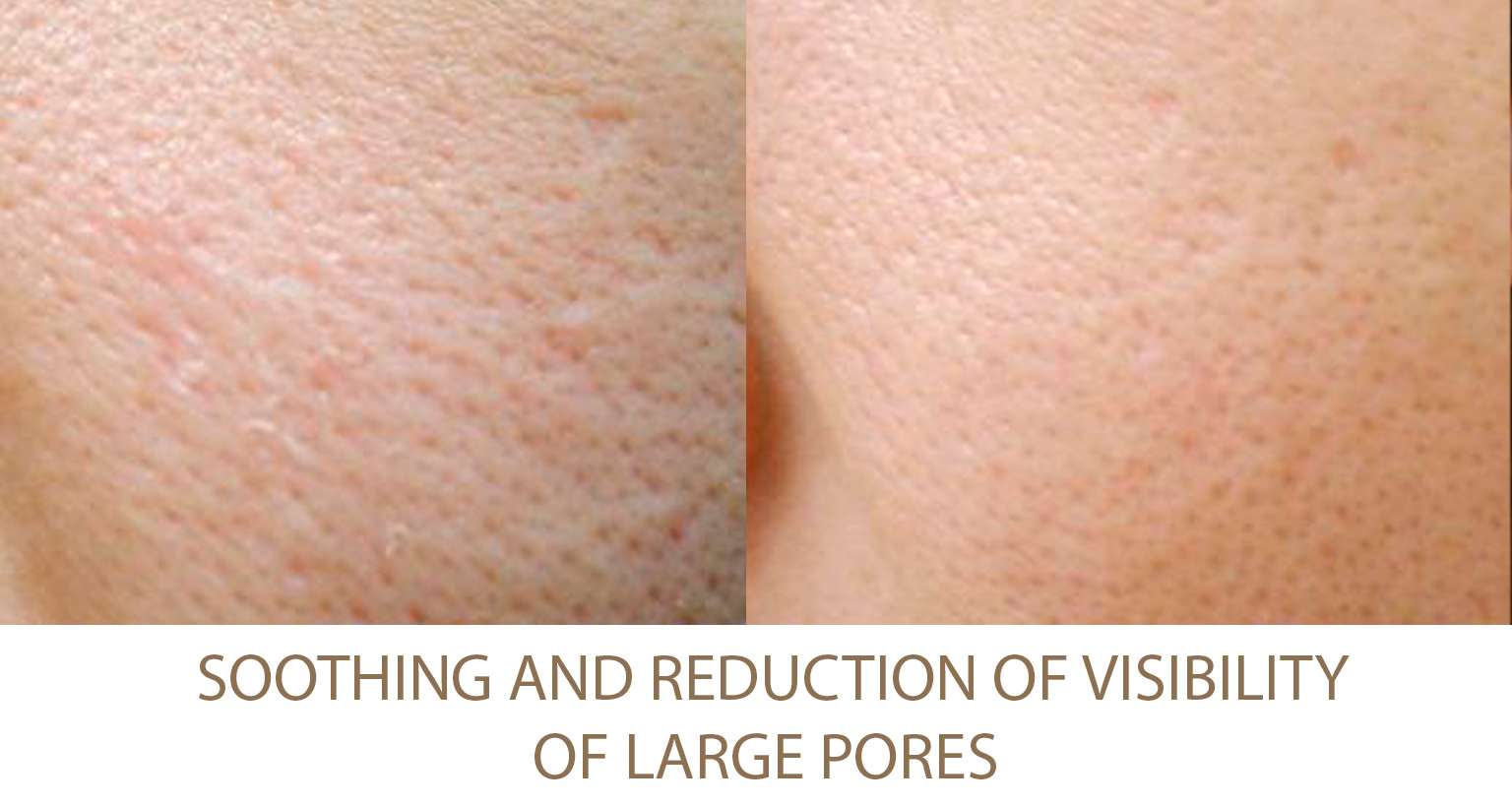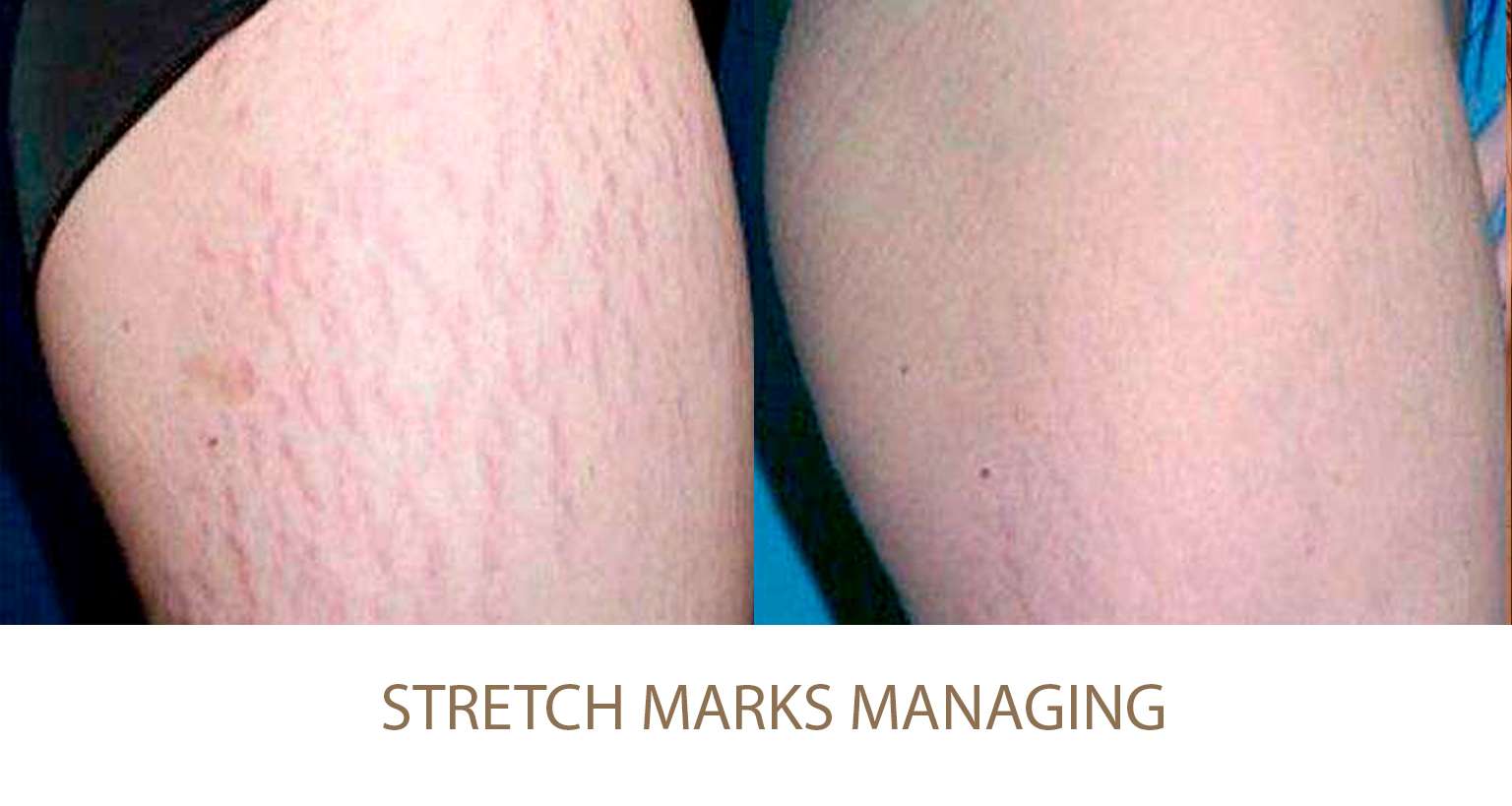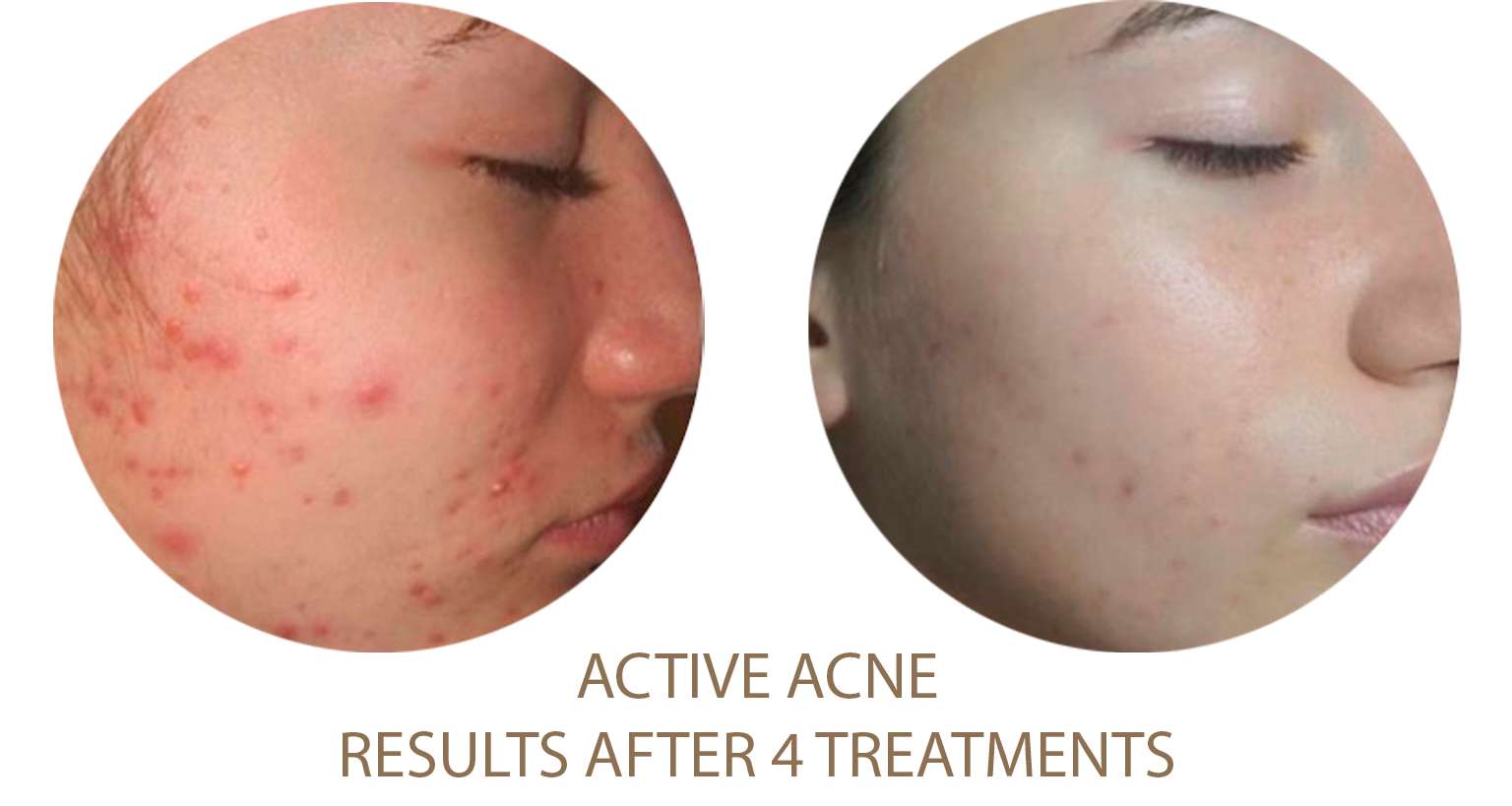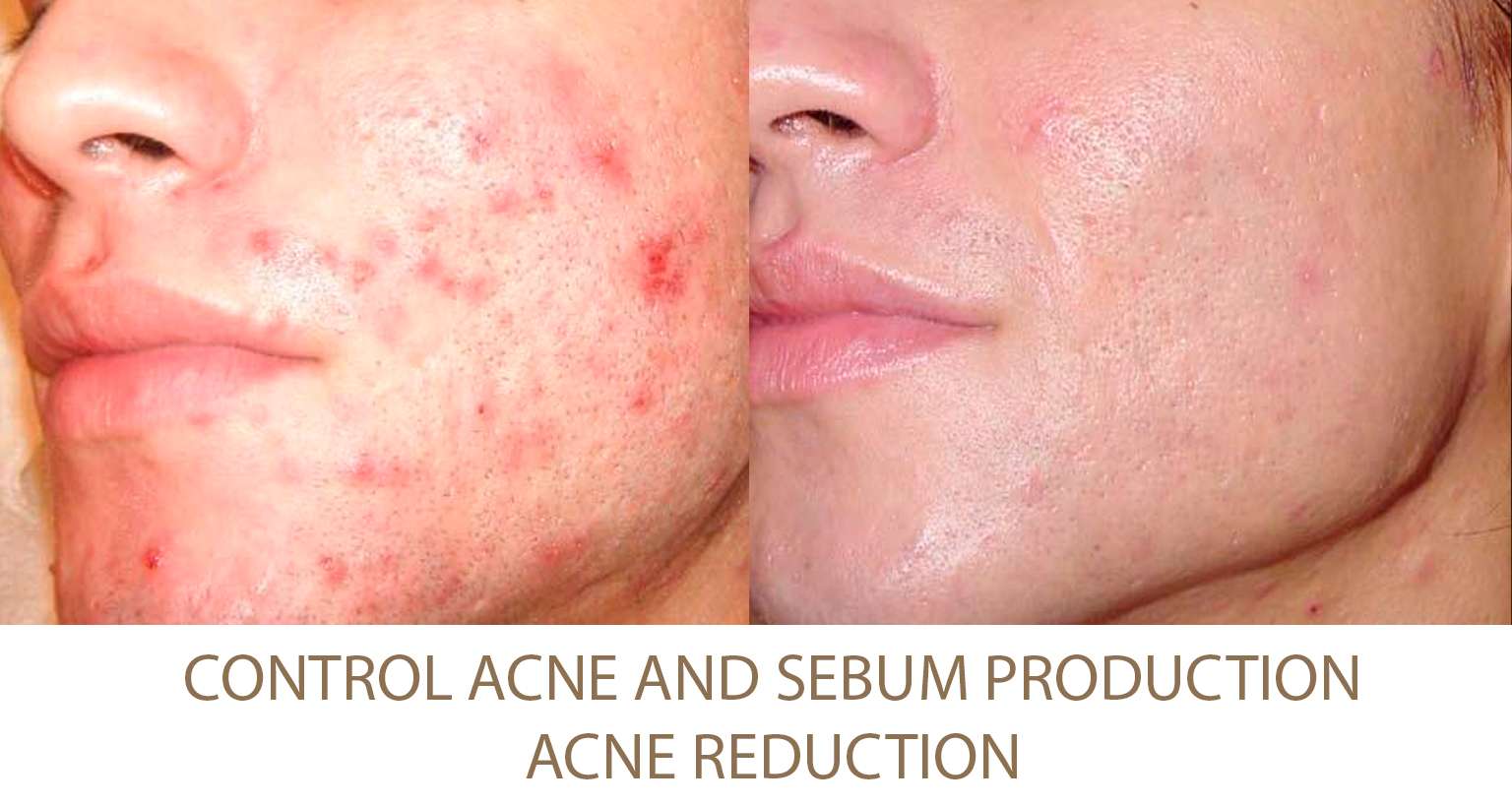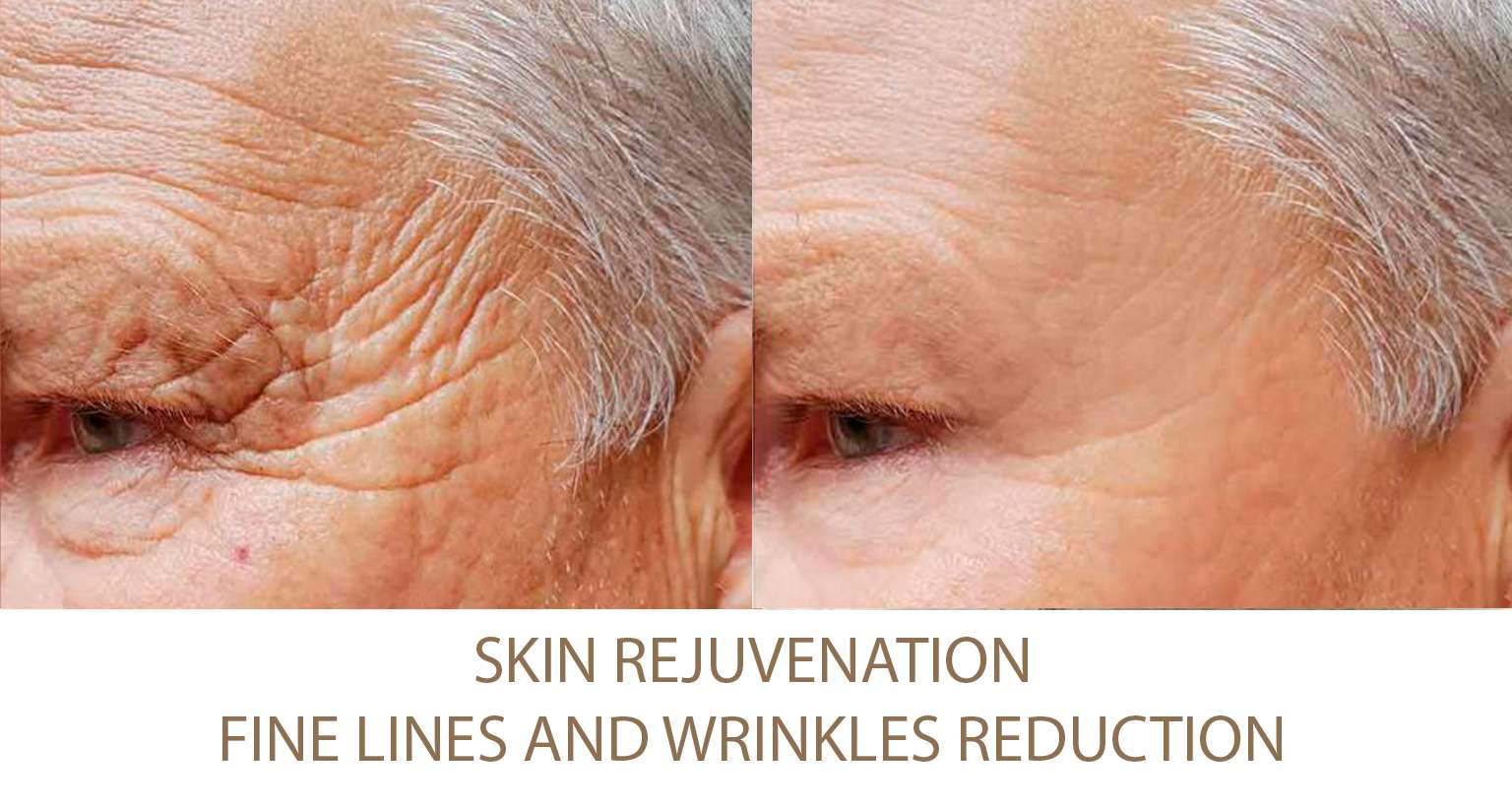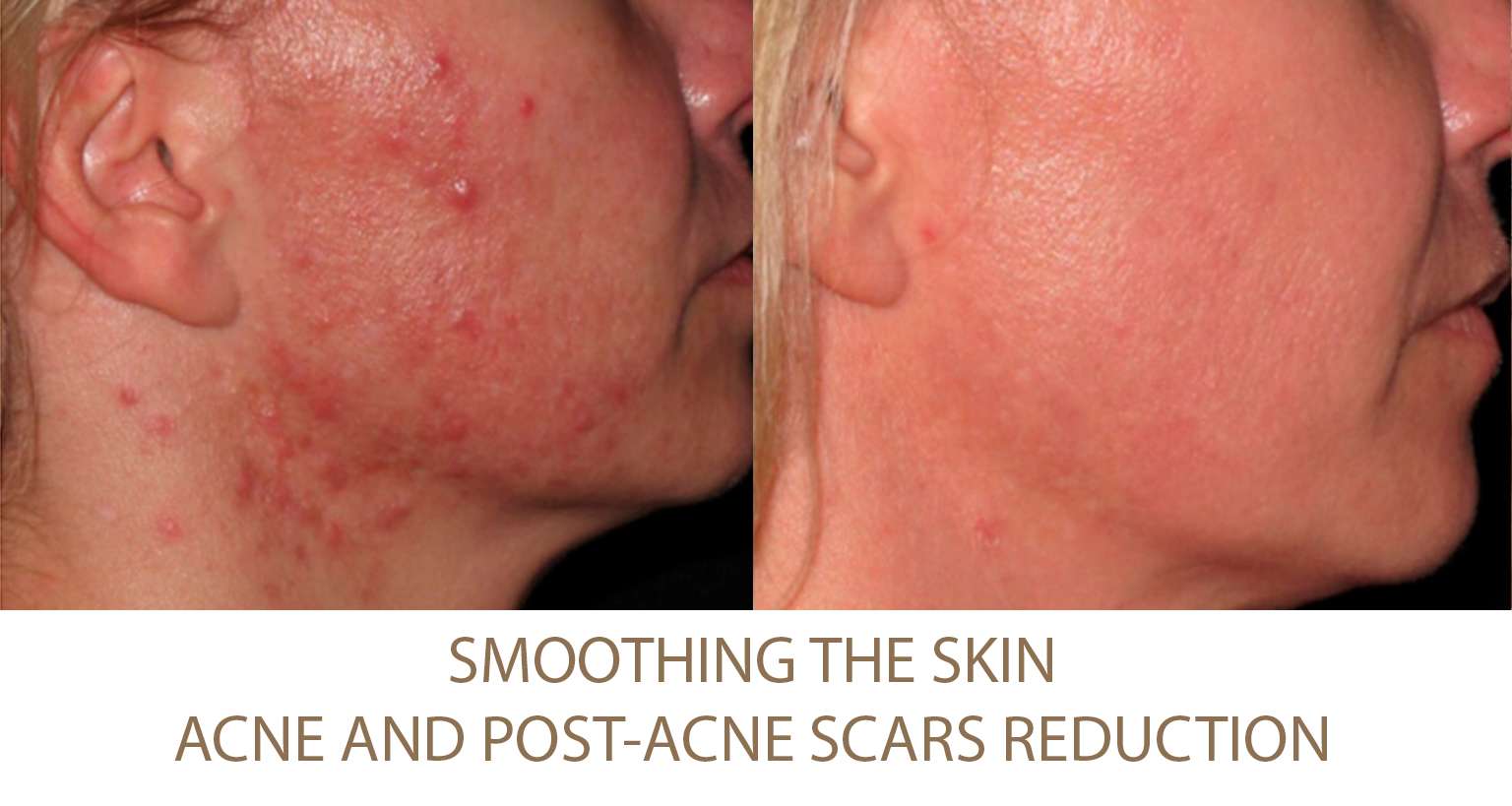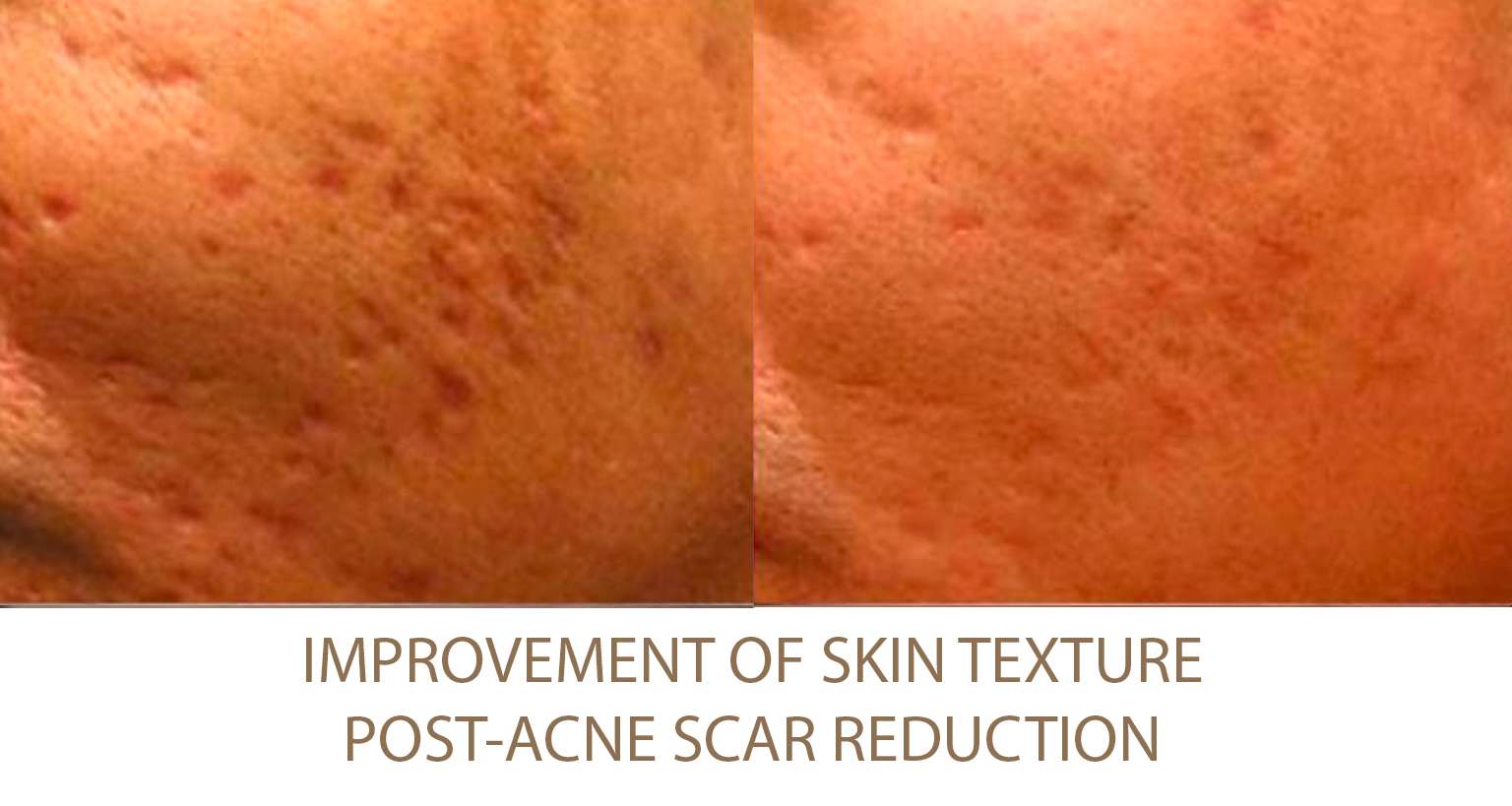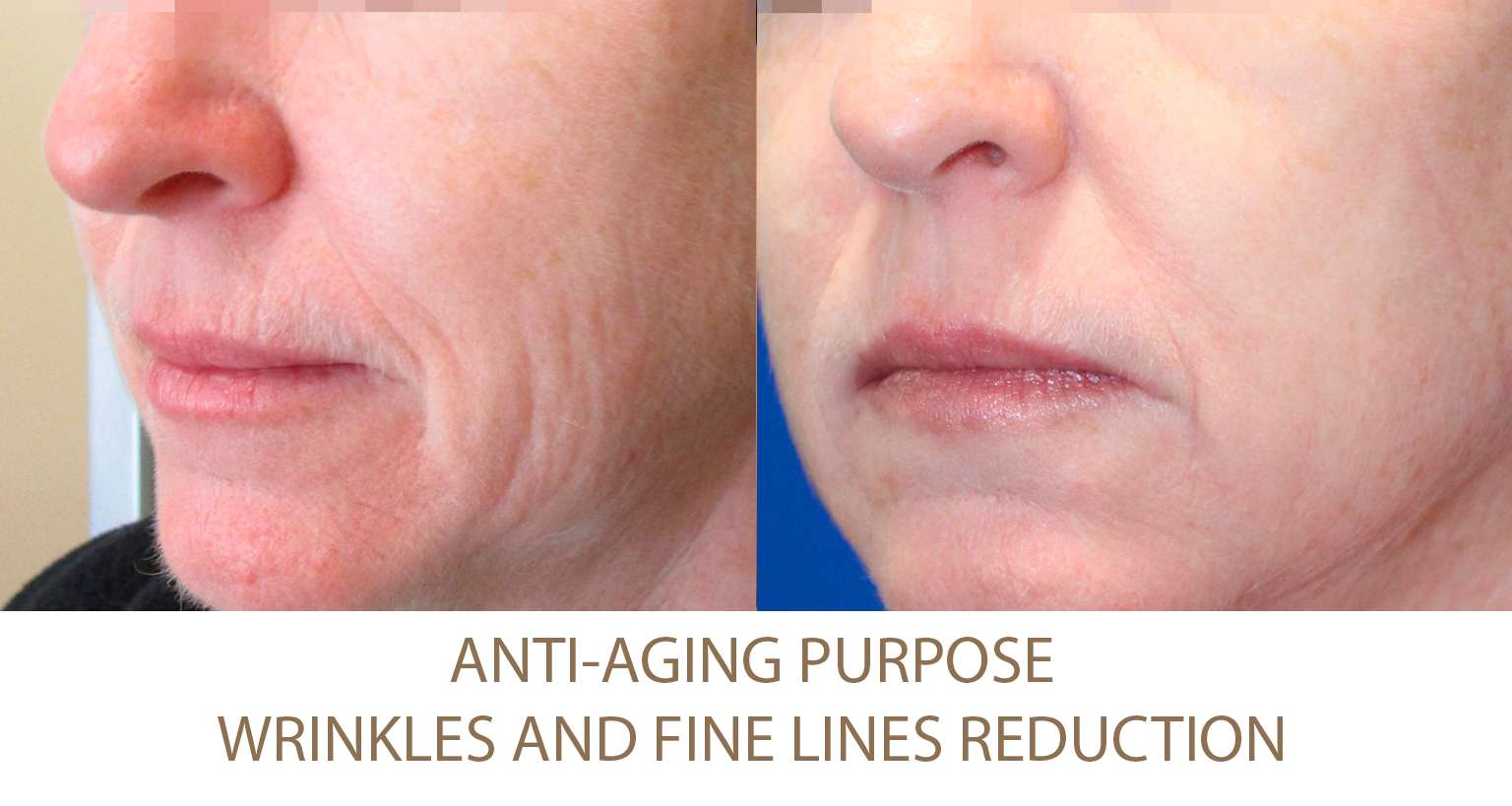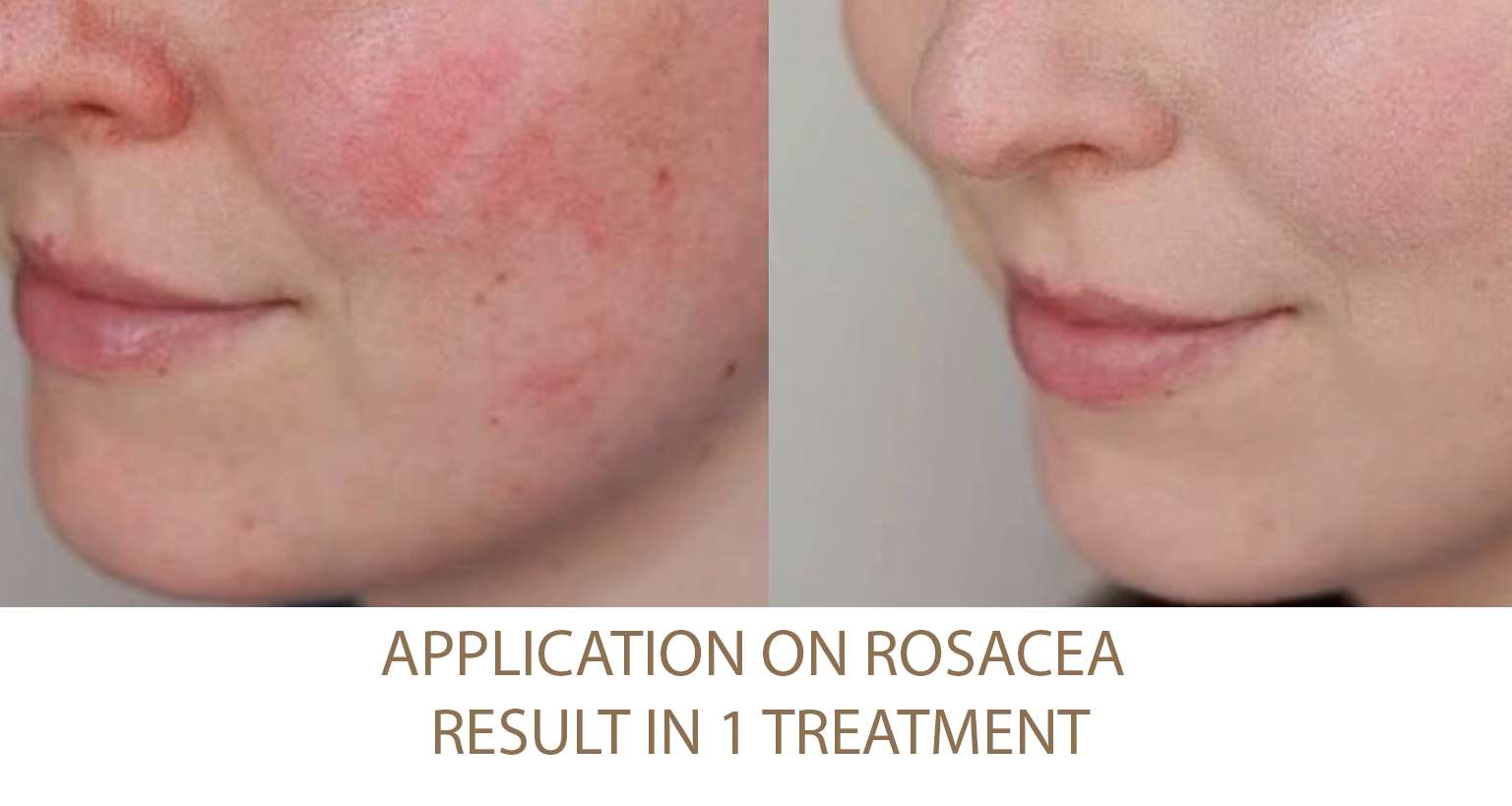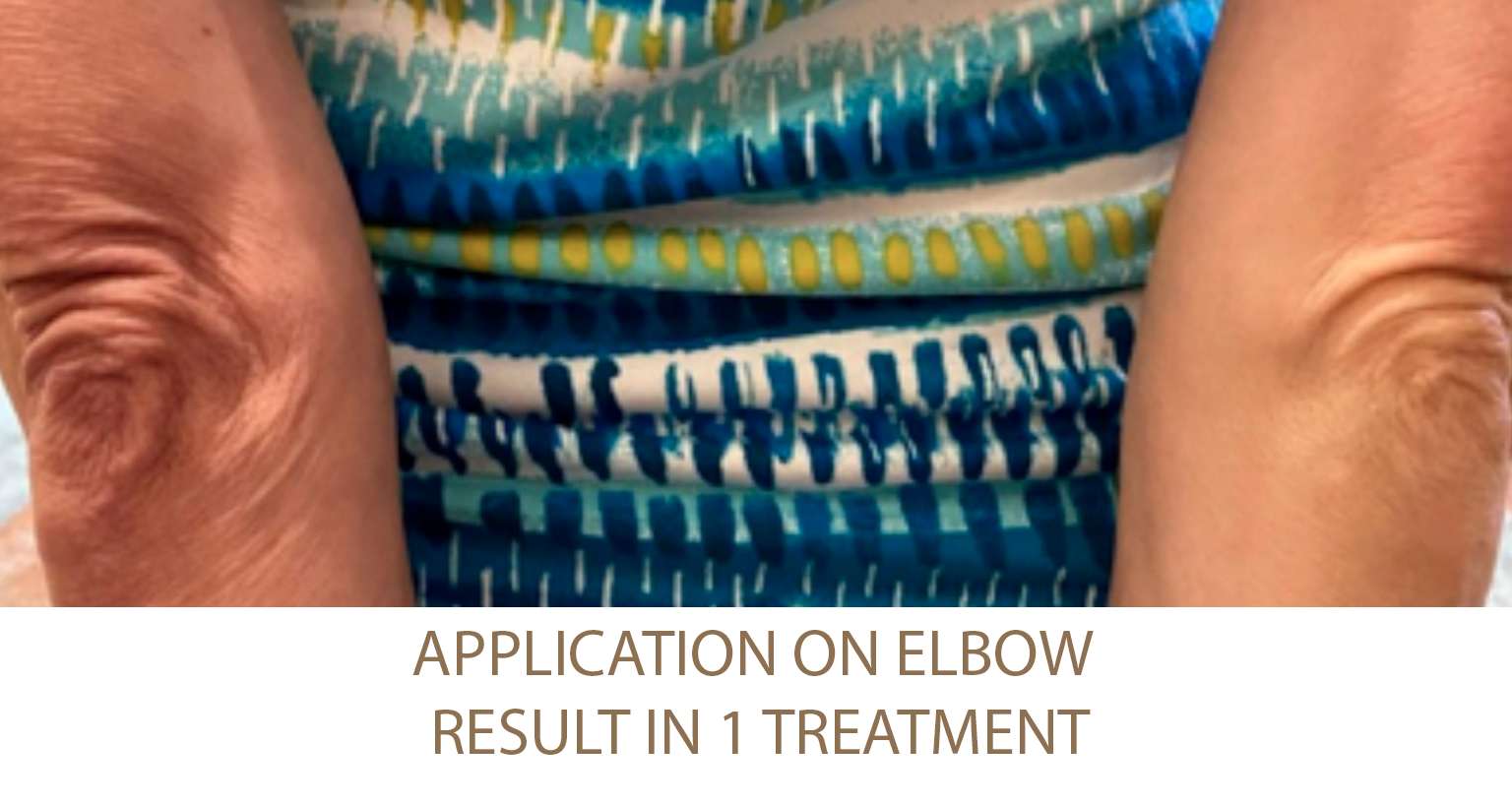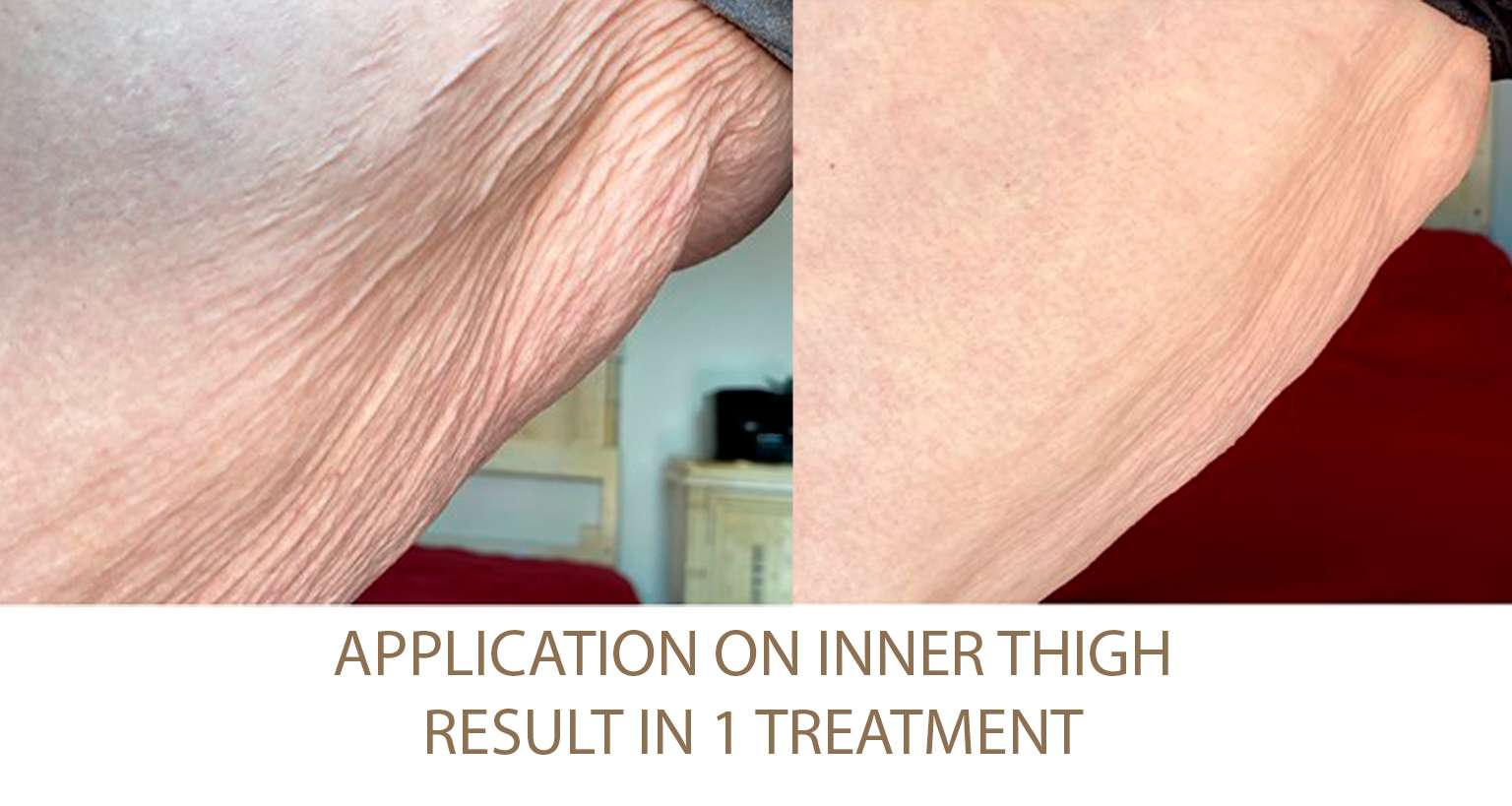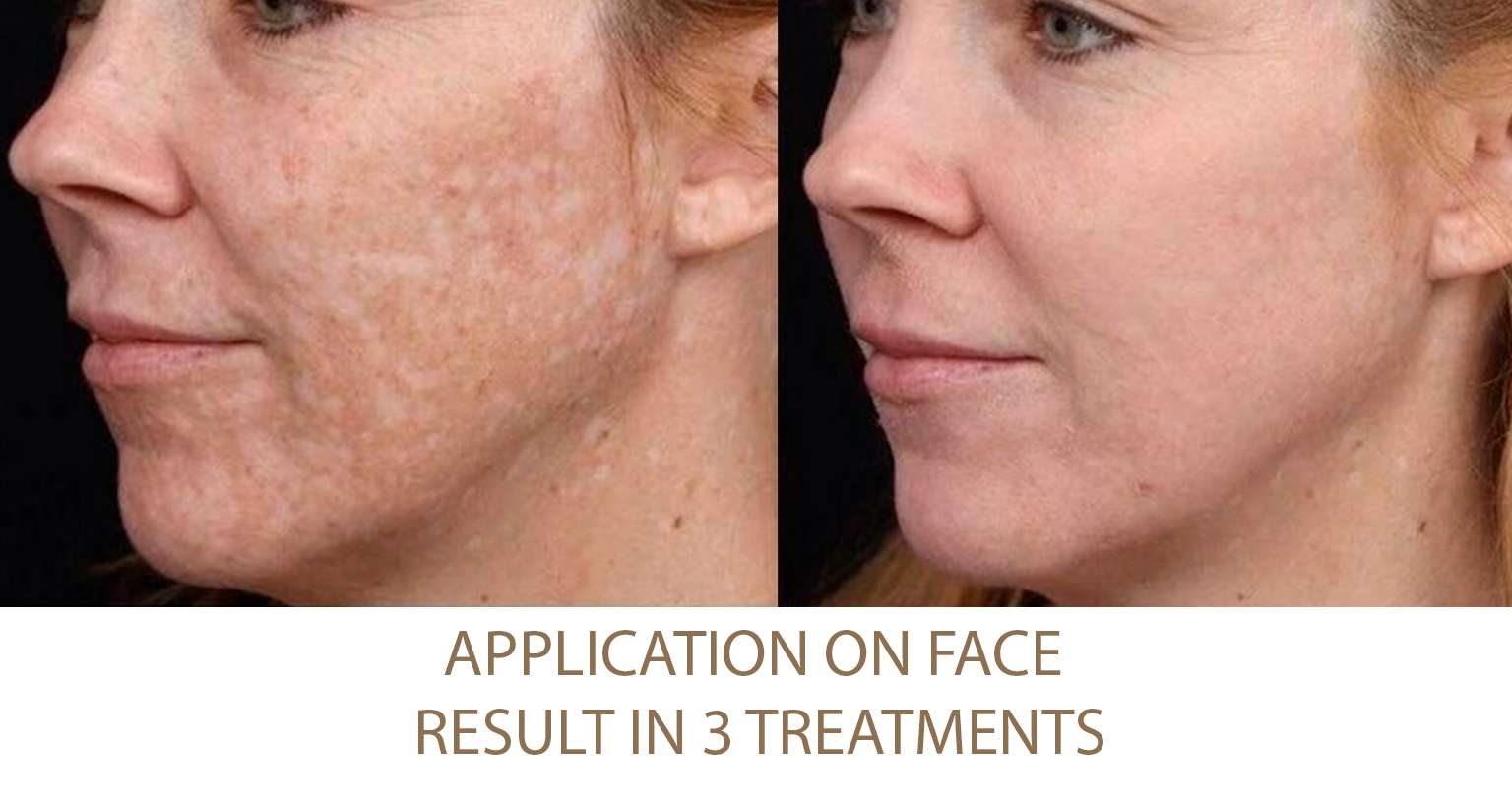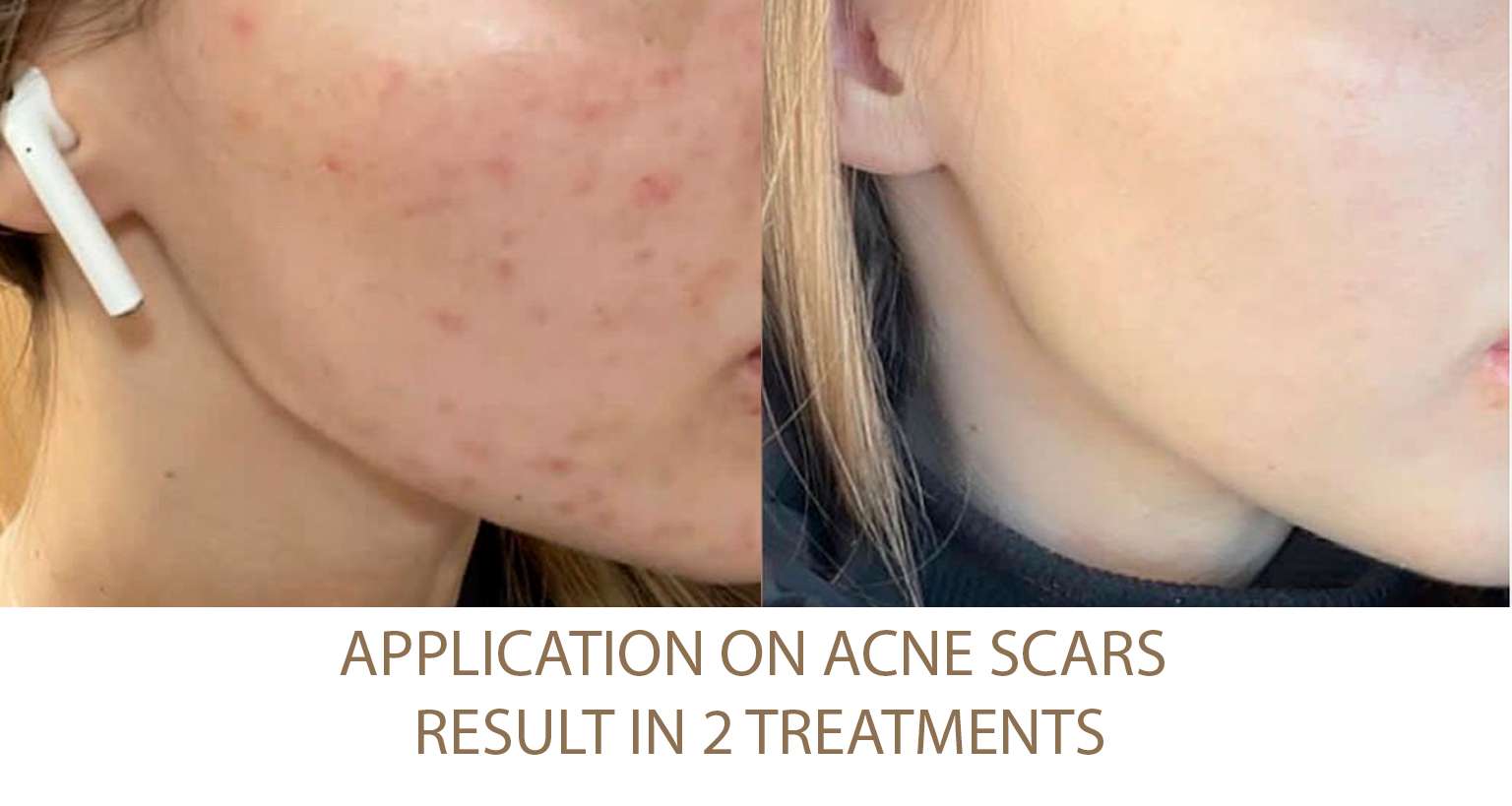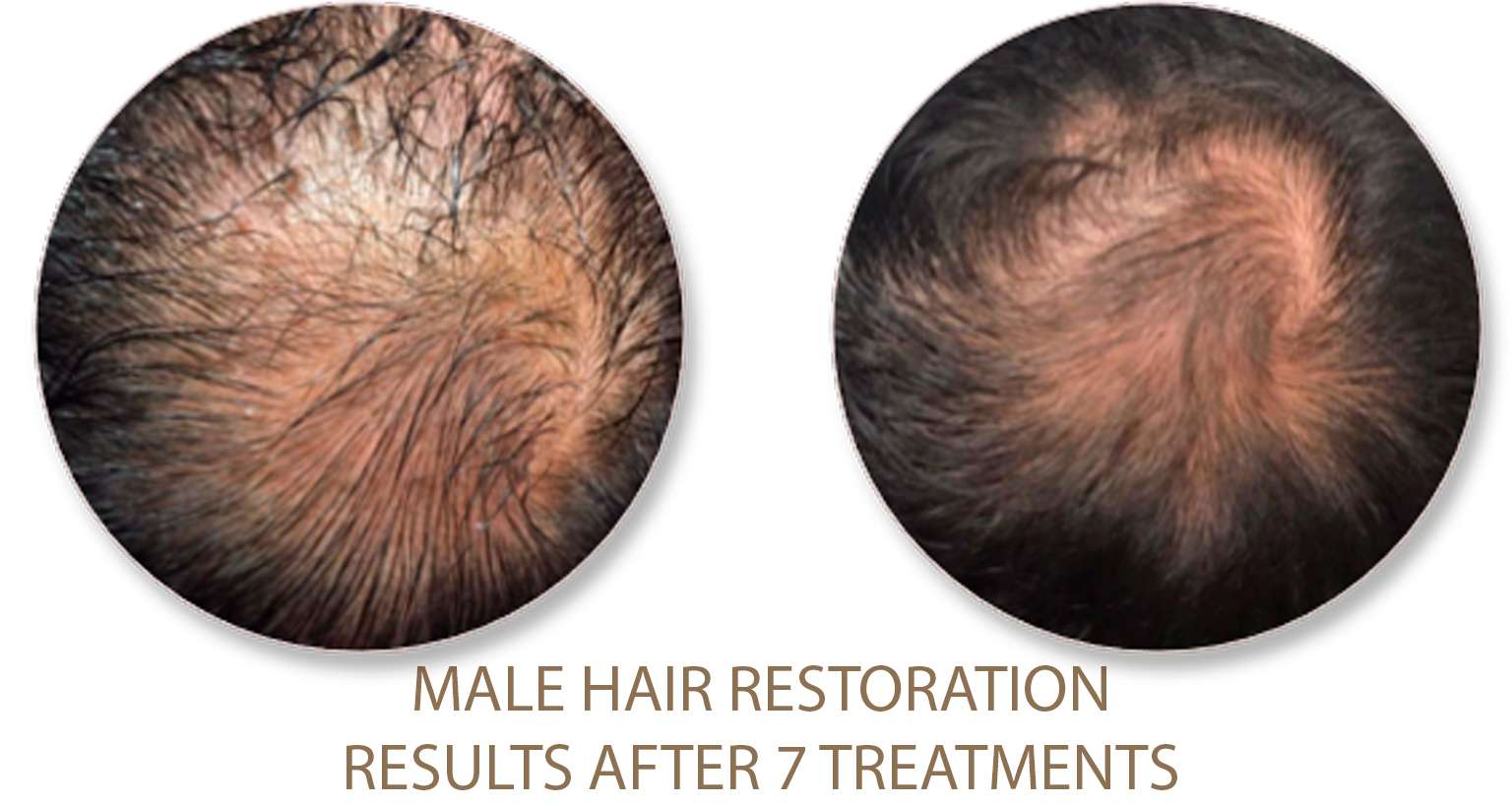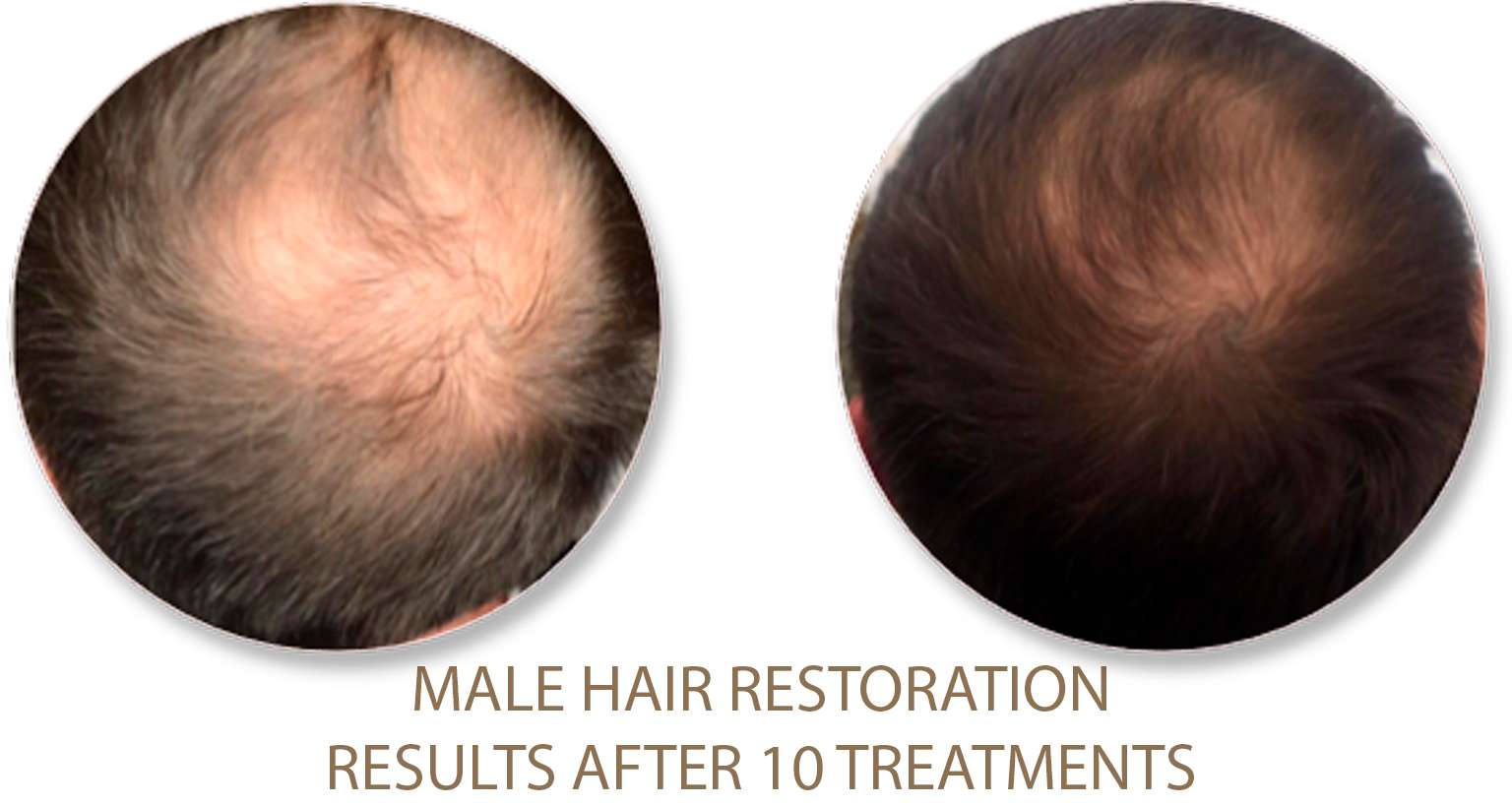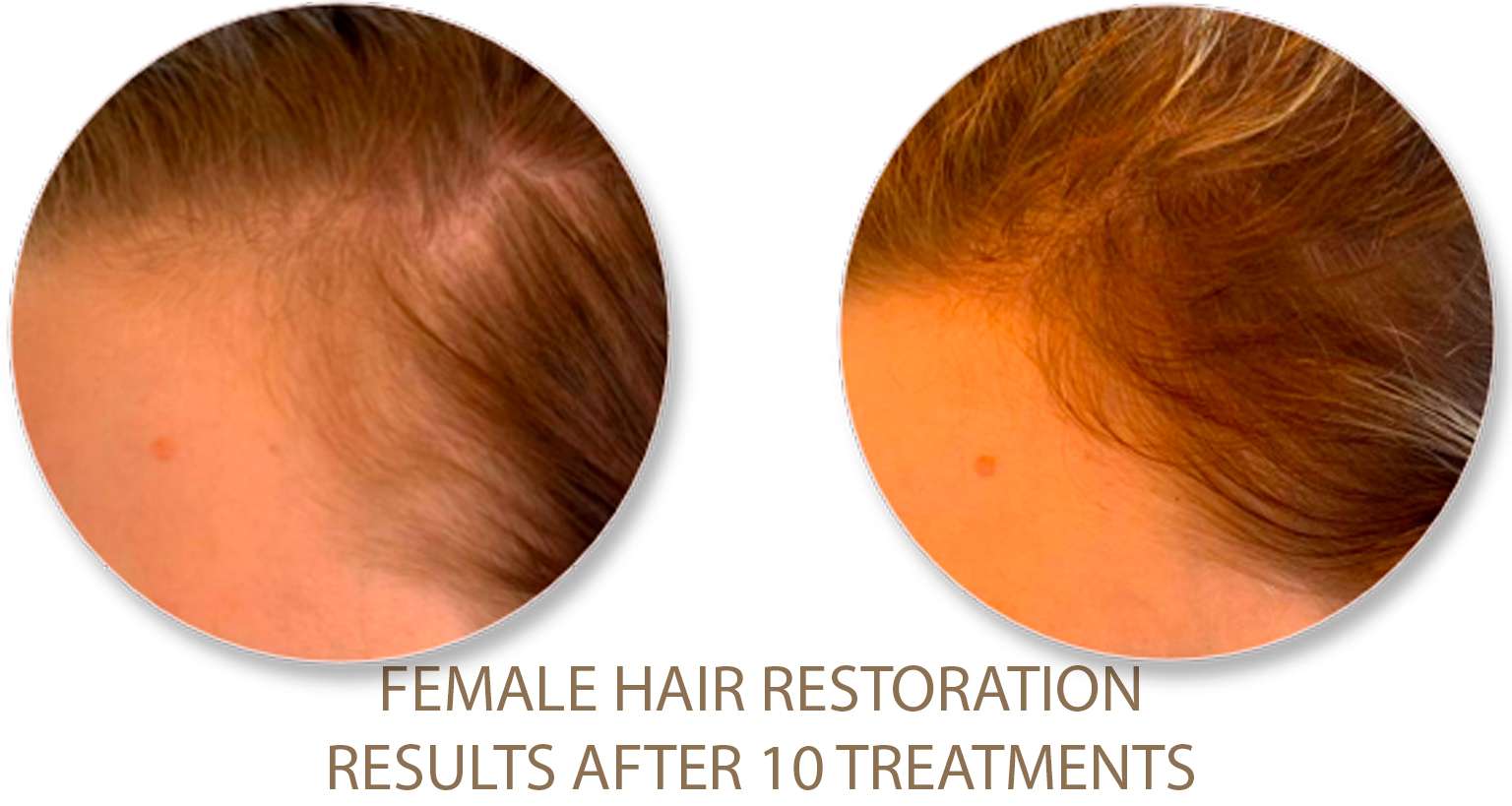Lipocavitation at Beauty Pro NYC
Ultrasound lipocavitation, also known as ultrasound lipolysis or ultrasonic cavitation, is a non-invasive cosmetic procedure that aims to reduce localized fat deposits in certain areas of the body. It is an alternative to traditional liposuction, which is a surgical procedure for fat removal.
The procedure involves the use of ultrasound waves to target and break down fat cells in the subcutaneous layer of the skin. The ultrasound waves create a vibration effect that causes the fat cell membranes to rupture, releasing the fatty content into the surrounding tissue. Once the fat is released, it can be naturally eliminated by the body’s lymphatic system.
Helps treat:
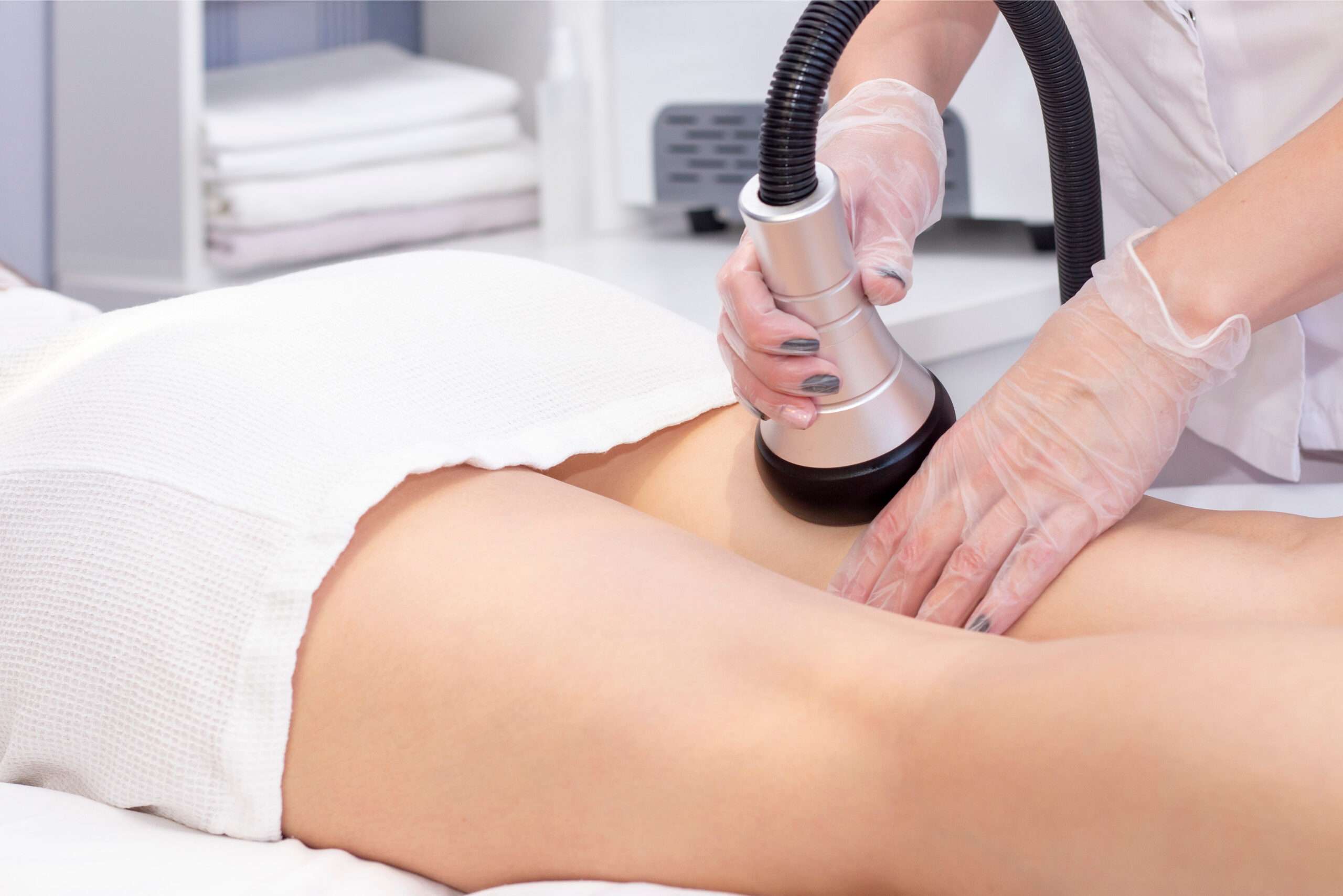
What is the Medical Definition of Cavitation?
Cavitation refers to the scientific process that happens when Ultrasound is delivered under the skin to break down fatty tissue. Ultrasonic energy combines a thermal effect with cyclical sound pressure to target the interstitial fluids of the fat cells in the subcutaneous layer of fat. This process results in what’s known as “the cavitation effect”, in which the contents of the fat cells slowly alternate between expansion and contraction, in response to the energy. As a result, the fat cells react to the slow adjustment in pressure and eventually implode. As the fat cells break apart, their contents are dispersed into the surrounding tissue and are reabsorbed into the body. Once a fat cell is destroyed, it cannot return.
What is happening during Lipo Cavitation?
Here’s a step-by-step breakdown of the process:
Preparation: During the treatment session, the patient lies down, and the target area is prepared for the procedure. A special gel or oil may be applied to the skin to facilitate the smooth movement of the ultrasound device and to aid in conducting the ultrasound waves.
Ultrasound Application: The practitioner uses a handheld device that emits low-frequency ultrasound waves. The device is moved over the treatment area in circular motions, allowing the ultrasound waves to penetrate the skin and target the underlying fat cells.
Fat Cell Rupture: The ultrasound waves create pressure changes in the fat cells, causing them to implode and break apart. This process is called cavitation, and it results in the release of triglycerides (fatty acids) and other substances stored in the fat cells.
Natural Elimination: The released fat and cellular debris are gradually absorbed by the lymphatic system and transported to the liver. The liver then processes and eliminates these waste products from the body through natural metabolic processes.
Multiple Sessions: While some results may be noticeable after a single session, several treatment sessions are usually recommended to achieve significant and longer-lasting results. The number of sessions depends on various factors, including the individual’s body composition, the desired outcome, and the area being treated.
Before & After
Why Vacuum Massage is recommended to combine with Lipo Cavitation?
Vacuum massage is often recommended after ultrasound lipocavitation for several reasons, as it can enhance the overall effectiveness of the treatment and provide additional benefits to the treated area. Here are some reasons why vacuum massage is commonly used after lipo cavitation:
Lymphatic Drainage: Ultrasound lipocavitation can release fatty acids and cellular debris from the targeted fat cells. Vacuum massage helps to stimulate the lymphatic system, which plays a crucial role in carrying away the released fat and waste products from the treatment area. By promoting lymphatic drainage, vacuum massage can accelerate the elimination of these substances from the body, reducing the risk of reabsorption or accumulation in other areas.
Skin Tightening: After lipo cavitation, the treated area may experience a temporary laxity as a result of the fat cell disruption. Vacuum massage can aid in skin tightening by increasing blood flow and stimulating collagen production. This can help the skin regain its firmness and tone, leading to a smoother and more contoured appearance.
Enhancing Circulation: Vacuum massage can improve blood circulation in the treated area. Increased blood flow brings fresh oxygen and nutrients to the tissues, supporting the healing process and enhancing the body’s natural regenerative capabilities.
Improved Results: Combining vacuum massage with ultrasound lipocavitation may lead to more significant and noticeable results. The synergy between these two techniques can increase the effectiveness of fat cell breakdown and the subsequent elimination of the released fat.
Minimizing Side Effects: Vacuum massage can help reduce potential side effects of lipo cavitation, such as localized swelling or bruising. By promoting lymphatic drainage and improving circulation, any excess fluid or debris from the treatment can be more efficiently processed and eliminated, reducing the risk of prolonged swelling or discomfort.
Frequently Asking Questions:
- Quick and easily tolerated
- FDA approved
- No downtime
- Noninvasive alternative to liposuction
- Improves blood circulation
- Promotes cellular turnover and collagen production
- Smooths the surface of the skin
- Lifts and defines the body
- Reveals a shapely contour
- Targets stubborn cellulite
Ultrasound cavitation, also known as ultrasonic cavitation or ultrasound lipolysis, is generally not recommended during pregnancy or breastfeeding.
The safety of such procedures during these periods has not been thoroughly studied, and there is limited information available about the potential effects on the developing fetus or the nursing infant.
Pregnancy: During pregnancy, the body undergoes numerous physiological changes, and the well-being of both the mother and the developing baby is of utmost importance. It’s generally advisable to avoid elective cosmetic procedures, including ultrasound cavitation, during pregnancy to minimize any potential risks to the fetus.
Breastfeeding: When breastfeeding, substances in the mother’s body can be transferred to the breast milk. Since the effects of ultrasound cavitation on breast milk composition and its potential impact on the nursing infant are not well understood, it is generally recommended to avoid such procedures until breastfeeding has concluded. The safety of cosmetic procedures during breastfeeding is an area that requires more research and evidence-based guidance.
Ultra Cavitation Lipo works without surgery, making it a safe alternative to liposuction. It’s important to note that any Ultrasonic Lipo Cavitation side effects are due to the body processing the broken-down fat.
Headaches and fatigue can occur, as toxins are released from the body via their urine or stool. To minimize these symptoms, it is essential to remain hydrated and avoid drinking alcohol, in order to assist the body in flushing out these toxins.
Cardio exercise will also help remove the broken-down fat. Ultrasonic Lipo Cavitation is contraindicated for women who are pregnant or breastfeeding.
List of contraindications:
- Pregnant and breastfeeding women
- Persons showing skinfold lower than 2 cm
- Infection or inflammation in the region where the procedure will be done
- Individuals with a history of malignancies
- People with a cardiac pacemaker or other metal implants
- Persons with coagulation disorders or taking medication that affects blood clotting
- Individuals with serious medical conditions like diabetes and osteoporosis
Pros:
- Requires little to no downtime
- Results last for a long time with a healthy lifestyle
- Causes minimum side effects
- Leaves no scars
- No anesthesia is needed
- Results occur gradually, so you can maintain discretion about the treatment
Cons:
- Lesser loss of weight compared to invasive methods like liposuction
- May be inefficient for individuals with a lot of weight to lose
- May require complementing with other weight loss methods for desired results
- It is impossible to know the exact amount of fat lost
- You must continue consuming a healthy and balanced diet and getting adequate fluids after undergoing ultrasonic cavitation. Consider having a low-calorie diet by eating fewer carbohydrates and foods with a low glycemic index (e.g. fruits and vegetables).
- Is in good overall health
- Doesn’t smoke
- Has realistic expectations
- Is already within 15 pounds of their goal weight
- Ultrasonic cavitation is meant to target small areas of fat and help contour your body. It isn’t a treatment for people who are trying to lose a lot of weight.
We all know the hallmarks of cellulite: dimples on the butt; inner thigh fat pockets; ripply, bumpy thighs that resist our efforts to diet and exercise. So why does it happen in the first place? Cellulite forms when dermal elasticity is lost in the criss-cross network of connective tissue, as well as when excess fat is stored in the subcutaneous layer of fat below the skin.
Testimonials
What Our Clients Say:












